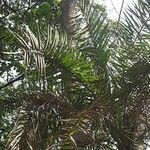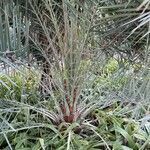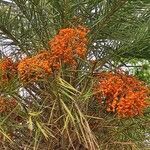Low-lying wasteland, open forest, grassland, along river banks and in areas that have been disturbed or are prone to periodic inundation, causing water-logging. It can be found in open tropical rainforest, open forest and grassland.
Low-lying wasteland, open forest, grassland, along river banks and in areas that have been disturbed or are prone to periodic inundation, causing water-logging. It can be found in open tropical rainforest, open forest and grassland.



